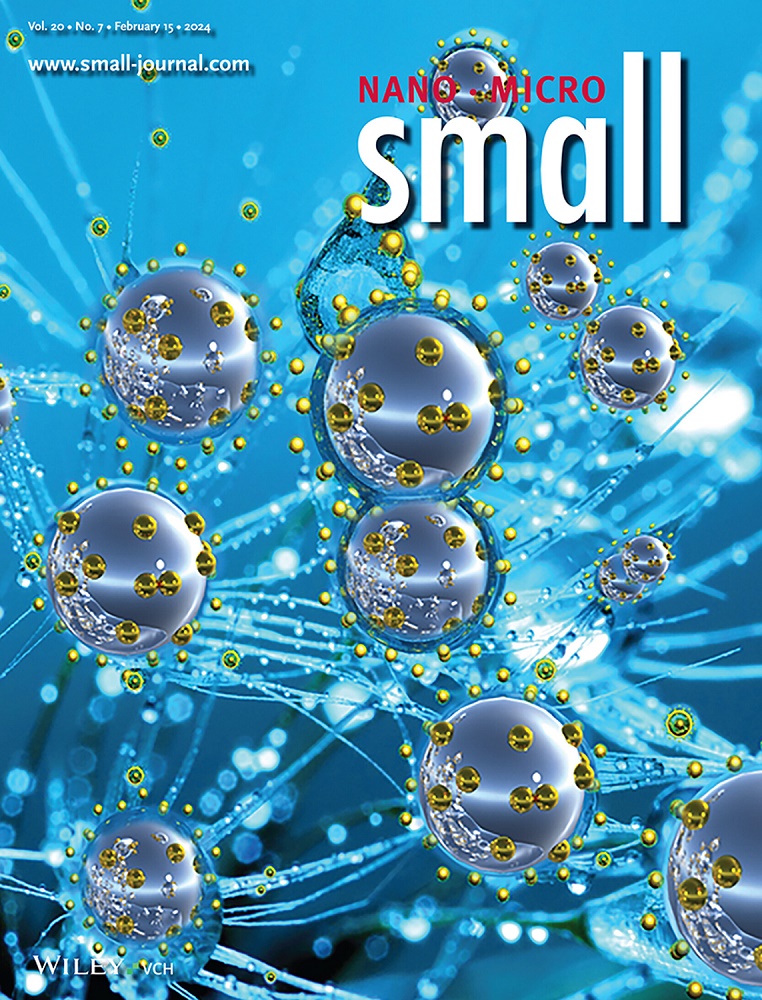二维材料的宽带视觉信息处理
IF 13
2区 材料科学
Q1 CHEMISTRY, MULTIDISCIPLINARY
引用次数: 0
摘要
宽带传感器内计算(BISC)技术集成了高维视觉感知和处理,显著减少了单元间的数据交换,同时提高了系统效率和响应速度。这种能力对于解决由机器视觉的快速发展驱动的宽带视觉传感数据的指数增长尤为重要。2D材料具有强光-物质相互作用、宽带吸收、可调谐电子结构和卓越的集成兼容性,为单片BISC的实现提供了一个引人注目的平台。本文系统地综述了基于二维材料的宽带视觉信息感知和处理的最新进展。首先对各种二维材料的宽带光探测潜力进行分类,然后深入讨论它们与光电探测器的集成,重点是固有的二维材料,局部场增强和异质结构。然后重点介绍了BISC的最新进展,强调了高维视觉信息处理的新兴策略。最后,讨论了关键挑战和未来方向,旨在指导二维材料向集成高维传感和智能计算的方向发展。本文章由计算机程序翻译,如有差异,请以英文原文为准。
Broadband Visual Information Processing with 2D Materials
Broadband in‐sensor computing (BISC) technology integrates high‐dimensional visual perception and processing, significantly reducing inter‐unit data exchange while enhancing system efficiency and response speed. This capability is particularly crucial in addressing the exponential growth of broadband visual sensing data driven by the rapid advancement of machine vision. 2D materials, with strong light‐matter interactions, broadband absorption, tunable electronic structures, and exceptional integration compatibility, offer a compelling platform for monolithic BISC implementation. This review systematically explores recent progress in broadband visual information perception and processing based on 2D materials. It begins by categorizing the broadband photodetection potential of various 2D materials, followed by an in‐depth discussion of their integration into photodetectors, focusing on intrinsic 2D materials, localized field enhancement, and heterostructures. The latest advancements in BISC are then highlighted, emphasizing emerging strategies for high‐dimensional visual information processing. Finally, key challenges and future directions are discussed, aiming to guide the development of 2D materials toward integrated high‐dimensional sensing and intelligent computing.
求助全文
通过发布文献求助,成功后即可免费获取论文全文。
去求助
来源期刊

Small
工程技术-材料科学:综合
CiteScore
17.70
自引率
3.80%
发文量
1830
审稿时长
2.1 months
期刊介绍:
Small serves as an exceptional platform for both experimental and theoretical studies in fundamental and applied interdisciplinary research at the nano- and microscale. The journal offers a compelling mix of peer-reviewed Research Articles, Reviews, Perspectives, and Comments.
With a remarkable 2022 Journal Impact Factor of 13.3 (Journal Citation Reports from Clarivate Analytics, 2023), Small remains among the top multidisciplinary journals, covering a wide range of topics at the interface of materials science, chemistry, physics, engineering, medicine, and biology.
Small's readership includes biochemists, biologists, biomedical scientists, chemists, engineers, information technologists, materials scientists, physicists, and theoreticians alike.
 求助内容:
求助内容: 应助结果提醒方式:
应助结果提醒方式:


